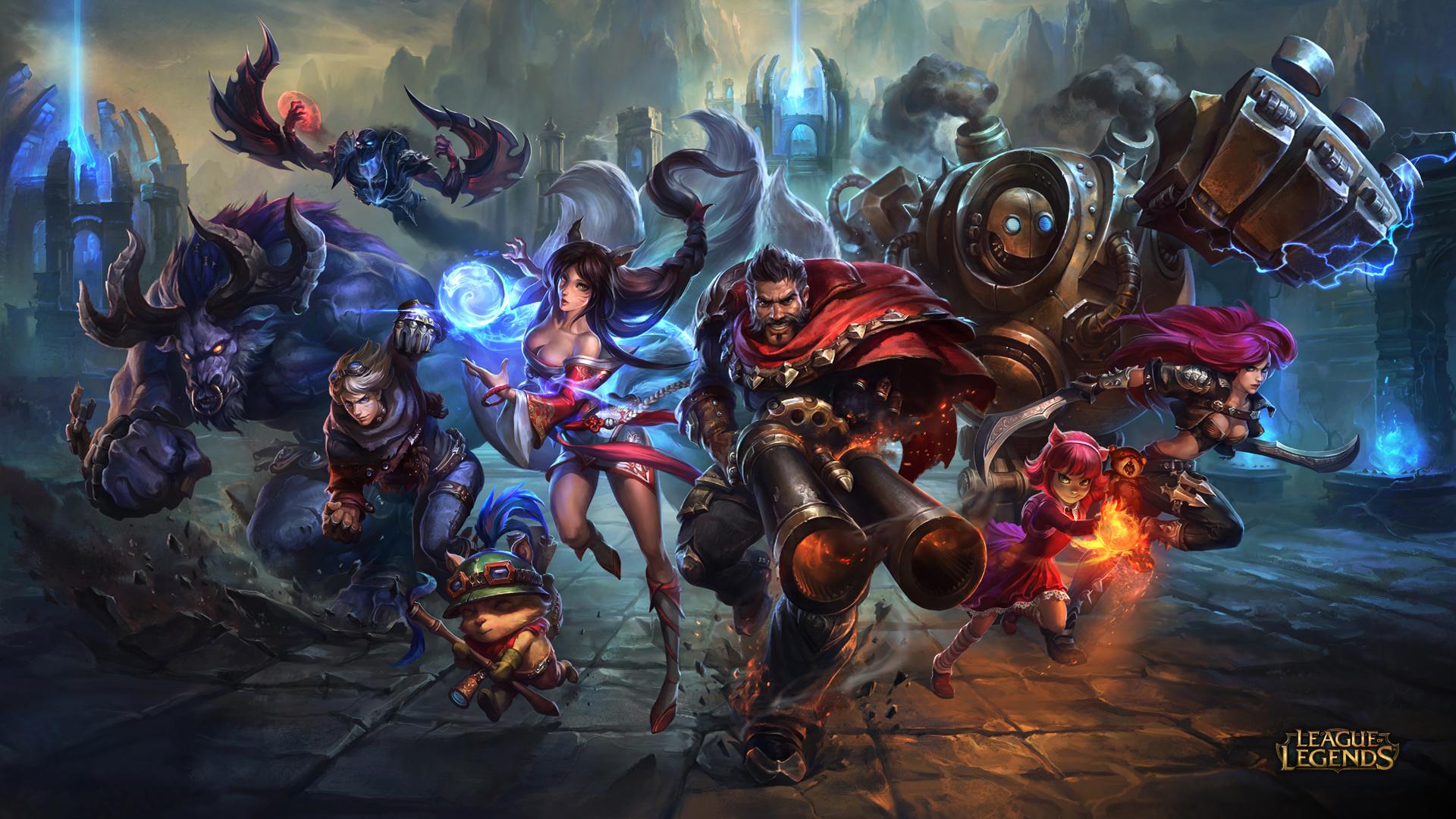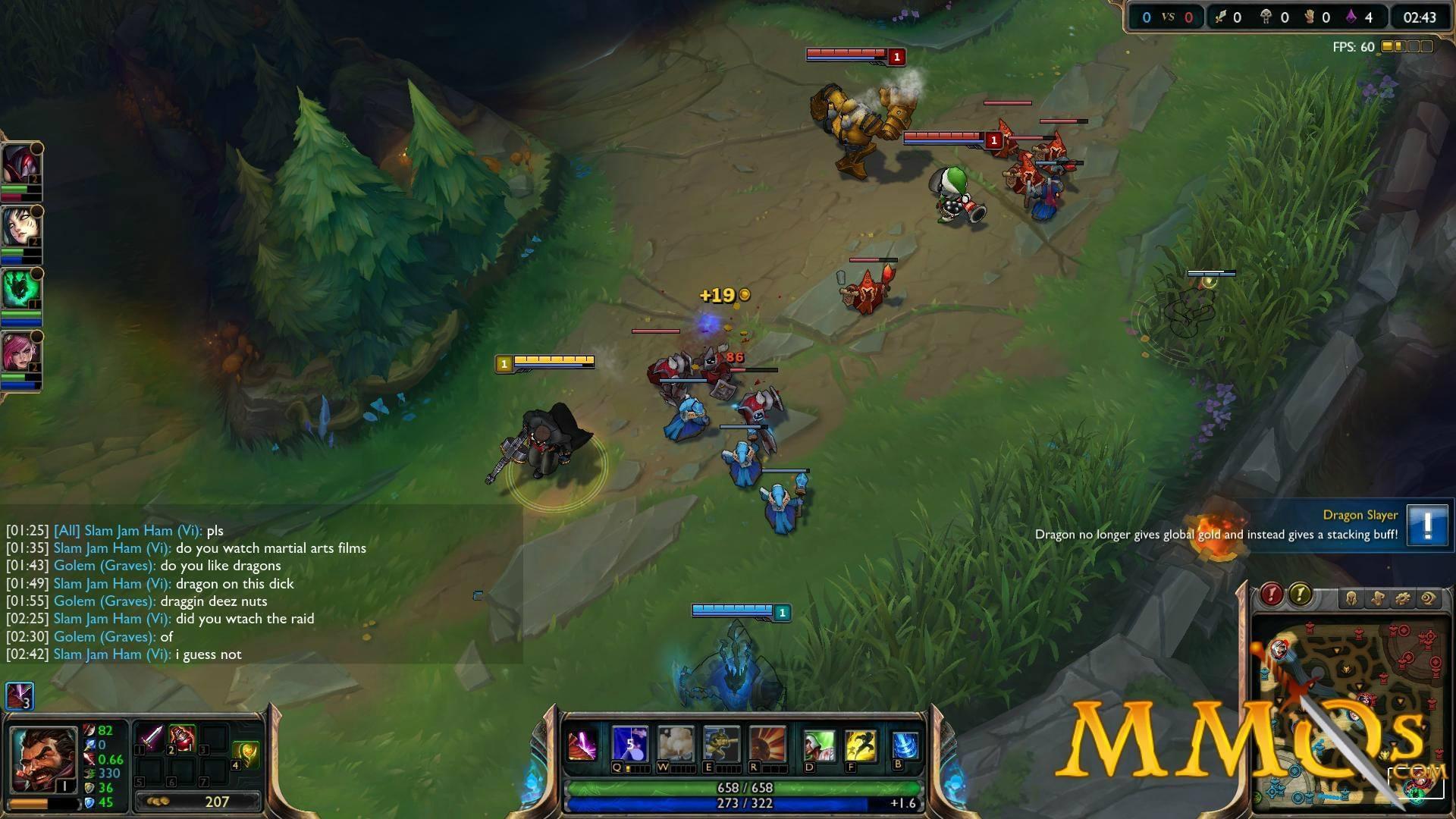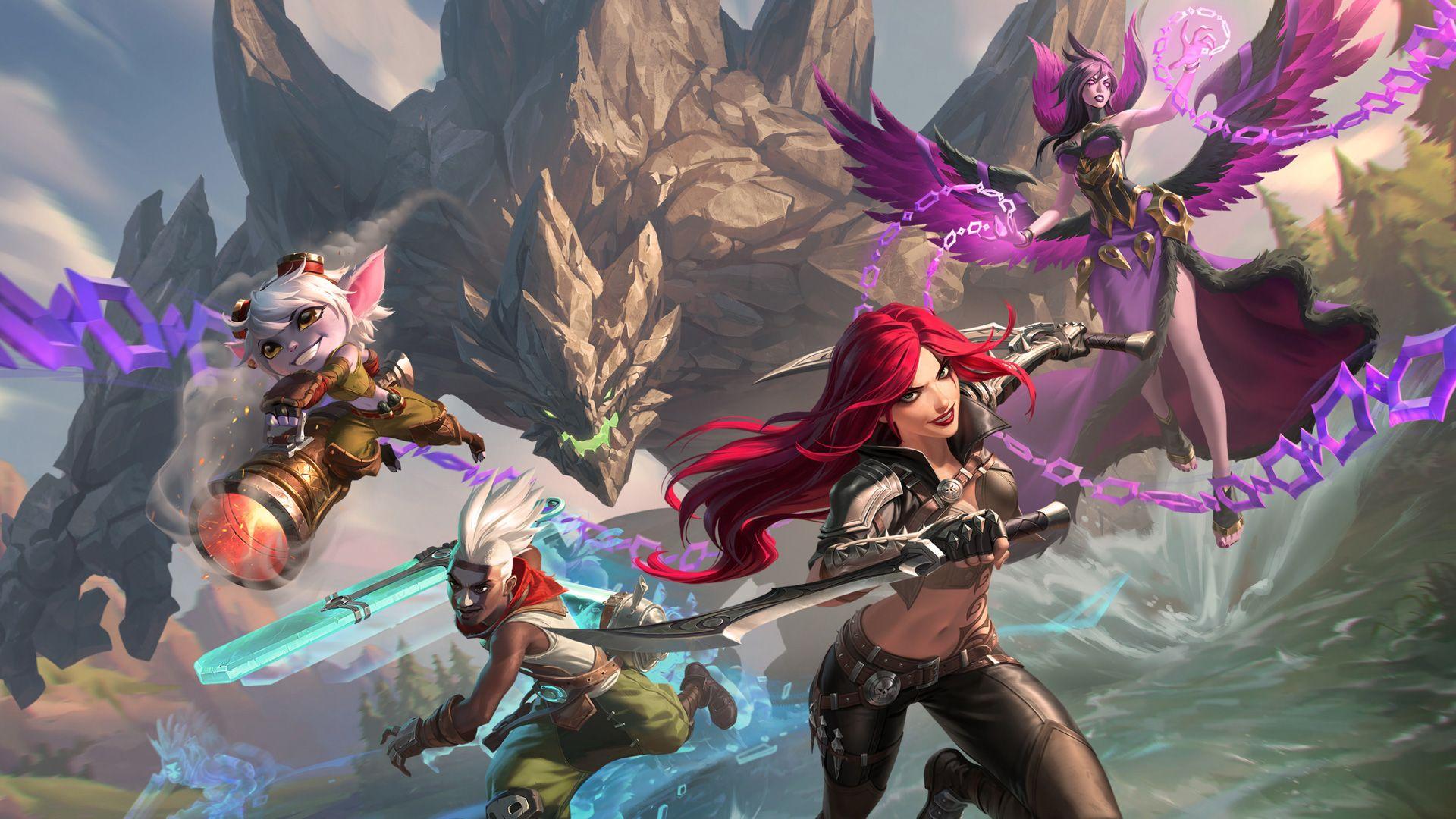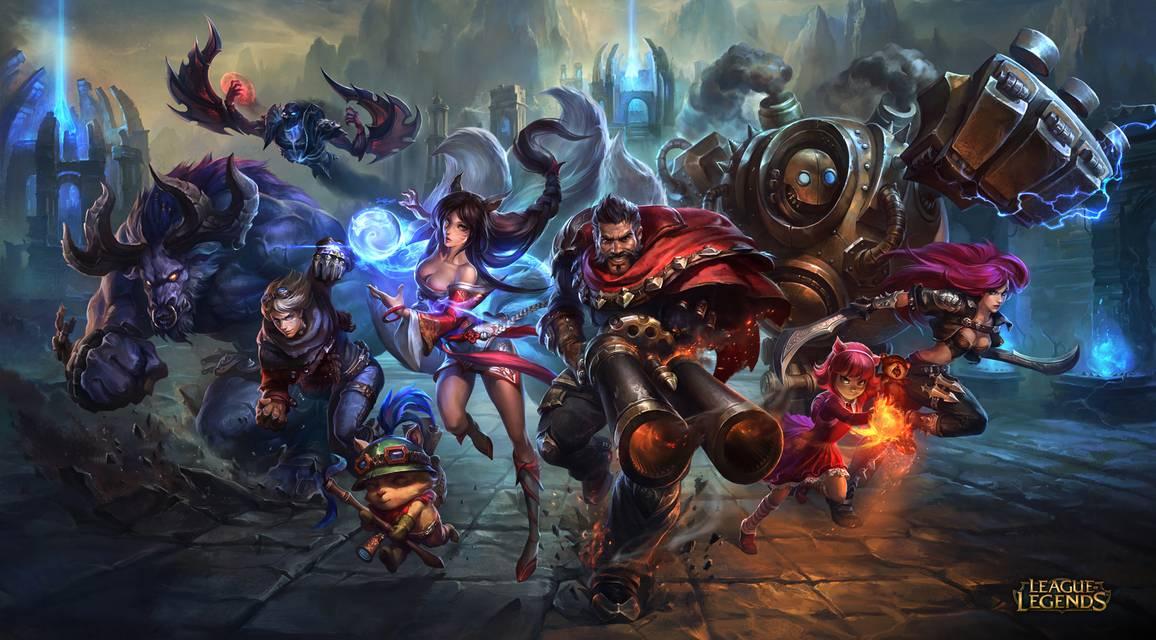Riot’s Rationale Behind the Decline in Free Skins
In a recent developer diary, Riot Games shed light on the noticeable decrease in the availability of free skins for players in League of Legends. The company emphasized that this shift is not simply a cost-cutting measure, but rather a necessary response to the evolving landscape of game growth and player expectations. According to Riot,the increased quality of skins and the resources required to create them have influenced their decision to limit the number of complimentary options. The development team acknowledged that:
- High production values have transformed skin creation into a more labor-intensive process.
- Player engagement metrics indicate that players are increasingly interested in well-developed content, which requires significant investment.
- Balancing economics is essential to sustain the game’s financial health, allowing for continuous updates and new content.
Riot further explained that while the premium skins contribute to their revenue, they don’t intend to abandon the idea of free content entirely. Instead, the focus will shift towards more strategic offerings that prioritize quality over quantity. This approach is designed to enhance the overall gaming experience by providing players with skins that feel meaningful and rewarding.Moving forward, players can anticipate:
- Occasional free skin events tied to in-game milestones.
- Seasonal promotions that offer unique ways to earn skins.
- Engagement-driven rewards to foster community involvement.

Understanding the Economic Factors Influencing Skin Availability
The landscape of free skins in League of Legends is shaped by a complex interplay of economic factors that directly affect how players experience the game. According to insights shared by riot Games, the management of skin availability is closely tied to revenue generation, player engagement, and overall game sustainability. In an environment where maintaining balance between player satisfaction and financial viability is paramount, the decision to decrease the number of complimentary skins emerges as a strategic move. This strategy aligns with industry trends where digital content often relies on a well-structured monetization model, ensuring that developers can continue to invest in and enhance the gaming experience.
Several key elements contribute to this economic landscape:
- Production Costs: Developing high-quality skins involves significant resources, from artistic design to technical implementation.
- Market Demand: As player expectations evolve, the demand for unique and visually appealing skins can shift, compelling Riot to adjust their distribution strategy.
- competitive Landscape: With many games adopting new monetization strategies, Riot must adapt to remain competitive, influencing how frequently enough they offer free content.
By examining these factors, it’s evident that the approach to skin availability is not merely a tactical choice but a thoughtful response to economic realities. Players may see fewer complimentary options, but this shift is intended to foster a richer experience for the community in the long term.

Player Reactions and Expectations: A Community Perspective
As the news of fewer free skins rolls out from Riot, players have taken to forums and social media to voice their reactions and expectations. among the community, opinions are mixed; some players express understanding of the financial decisions behind this change, while others feel disappointed. The crux of the matter seems to revolve around the sentiment that skins are a cherished part of the League of Legends experience, a form of recognition for dedication and skill. Player engagement and community rewards have always been significant drivers for many, and the reduction in free skins raises questions about accessibility for newer players or those who may not engage deeply with in-game purchases.
Furthermore,the community is eager to hear more about how this decision will shape future content.Many players believe that transparency is crucial in retaining trust, especially regarding the monetization strategies of the game. Key expectations from the community include:
- Increased communication from Riot about skin releases and community events.
- Alternative methods for earning skins through gameplay achievements.
- A balance in offering unique and desirable skins without compromising on player rewards.
These insights reflect a deeper desire for collaboration between Riot and its player base, pushing for a gaming environment where financial sustainability coexists with community recognition.

Future Strategies to Reignite Interest in free Cosmetic Content
In light of the recent developments highlighted in Riot’s dev diary, it’s evident that revitalizing interest in free cosmetic content is crucial for keeping the player base engaged. A strategic approach could involve leveraging community feedback to shape the types of skins and cosmetic items offered. Community events, for instance, can serve as a platform to introduce unique, limited-time skins that resonate with player preferences. Additionally, embracing social media campaigns, where players can showcase their favorite moments or how they’ve utilized existing free cosmetic items, can create a sense of ownership and excitement around potential new releases.
Moreover, integrating gameplay milestones that reward players with exclusive cosmetic items can reinvigorate interest in the free content arena. By establishing a system where achievements such as reaching certain ranks or completing specific in-game challenges unlocks free skins, Riot can maintain a continuous engagement loop. Cross-promotion with popular esports events and collaborations with high-profile streamers could also amplify the visibility of these offerings, enticing players to not only participate in gameplay but to share their achievements and newly unlocked content within their networks, fostering a sense of community and excitement across the League of Legends landscape.
